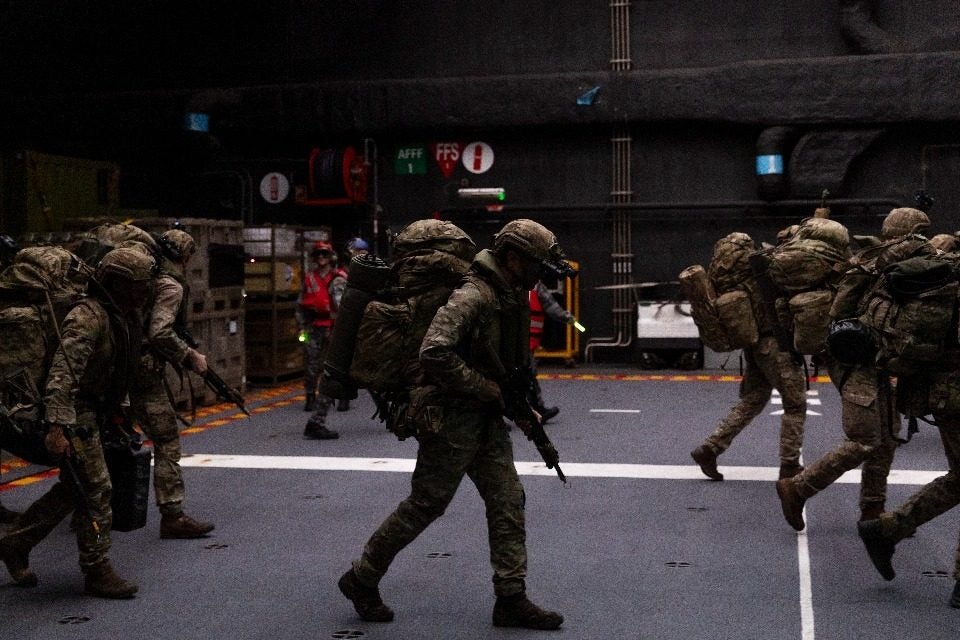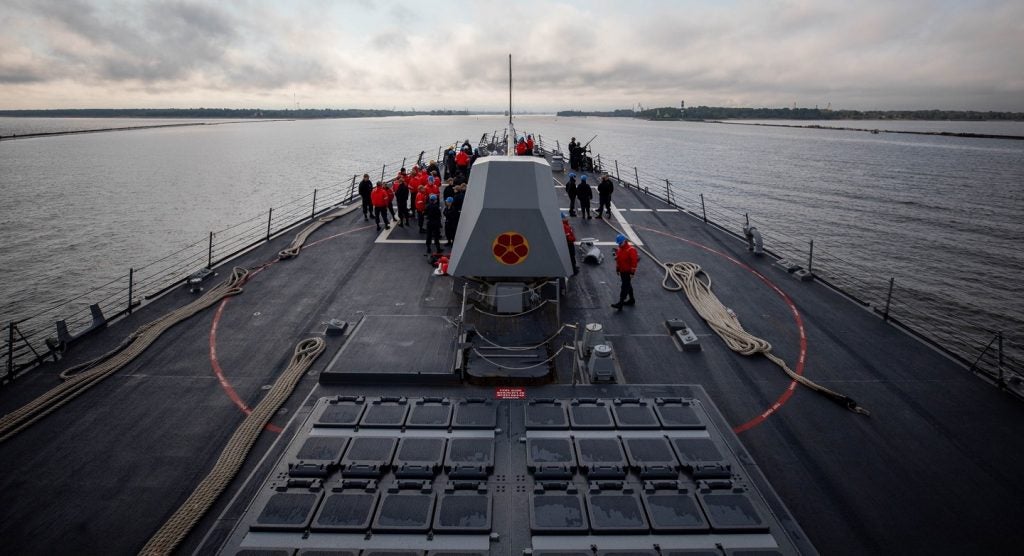The British Armed Forces demonstrated dedication to the Indo-Pacific region by participating in Exercise Talisman Sabre, the largest-ever military drill uniting UK, Australian, and US armed forces.
Over 34,000 troops from 13 nations joined forces to enhance partnerships, interoperability, and regional security. During the ninth iteration of the Talisman Sabre exercise in 2021, more than 17,000 troops from the US and Australia participated.
Exercise Talisman Sabre, a demonstration of collaborative defence efforts, spans land, sea, air, space, and digital domains, highlighting the importance of interoperability among key allies.
More than 150 UK personnel joined forces with counterparts from 12 other nations, marking the UK's most substantial contribution to Talisman Sabre. The exercise, which commenced on 22 July and concluded 4 August, is a testament to the UK's dedication to the Indo-Pacific region and its partnership with like-minded nations.
Defence Secretary Ben Wallace underscored the critical role of Exercise Talisman Sabre, stating, "Security and stability throughout the Indo-Pacific is essential. Exercise Talisman Sabre demonstrates the UK's commitment to the region and the strength of our ties with friends and allies."
Navigating complex geopolitics in the Indo-Pacific
China and Russia recently boosted ties between the two nations as they conducted joint naval drills to counter US influence in the Indo-Pacific, considered a concern and a notable challenge to participants of the Talisman Sabre exercise.
The UK Royal Marines Commando Force played a role in the exercise by embarking on HMAS Adelaide, Australia's largest warship. This deployment facilitated ship-to-shore landings, a capability for high-readiness crisis response.
Australia's Navy is taking centre stage in Australia's defensive capabilities as Indo-Pacific tensions rise. The trilateral security alliance, AUKUS, and strategic partnerships drive the modernisation efforts.
Throughout the exercise, UK Armed Forces showcased their capabilities across different domains. The cooperation extended to aviation efforts, with the 4 Regiment Army Air Corps offering forward arming and refuelling support. The 14 Signals Regiment also provided Electronic Warfare capability, further enhancing UK-Australian interoperability.
While Exercise Talisman Sabre showed the importance of partnership, it also highlighted the risks of complex military drills. Tragic incidents such as the loss of an Australian helicopter at sea served as a reminder of the challenges inherent in large-scale exercises. UK personnel contributed to search and rescue efforts, demonstrating the solidarity among participating nations.
Building on a strengthened partnership
The UK's commitment to the Indo-Pacific extends beyond the exercise. The Integrated Review Refresh and Defence Command Paper Refresh (DCPR) reaffirmed the Royal Navy's deployment of Offshore Patrol Vessels HMS Spey and HMS Tamar in the region.
Additionally, plans for increased maritime presence include visits from the Commando Force Littoral Response Group later this year, building on the Carrier Strike Group's successful maiden voyage in 2021.
The UK's heightened engagement with Australia follows the selection of a British-led design for the AUKUS submarine project. This initiative will see the construction of first-generation AUKUS nuclear submarines in the UK and Australia, further solidifying the partnership and promoting economic growth in both nations.
As Exercise Talisman Sabre closes, the collaborative efforts and commitment to the Indo-Pacific displayed by the UK, Australia, and the United States stand as a testament to the resolve of these nations to ensure regional security and stability.










